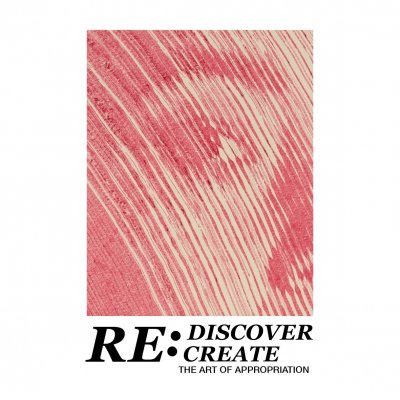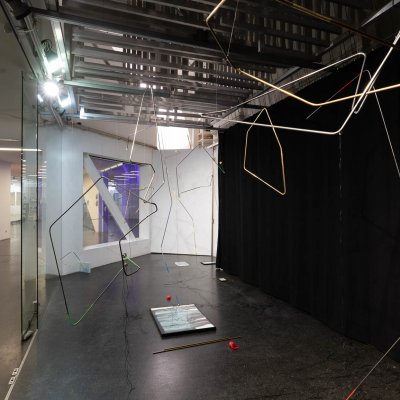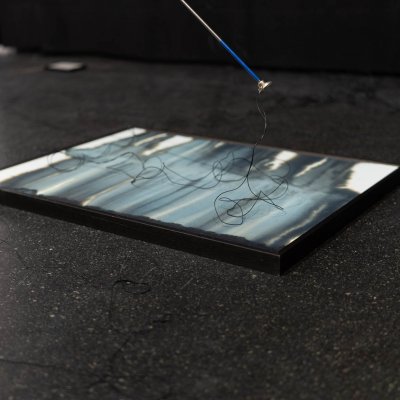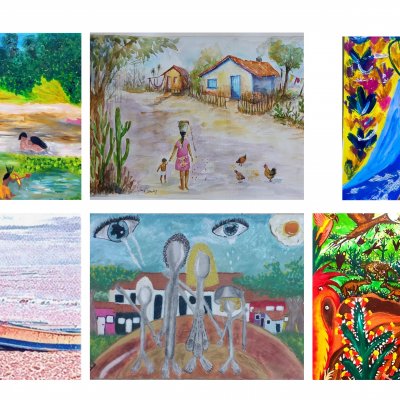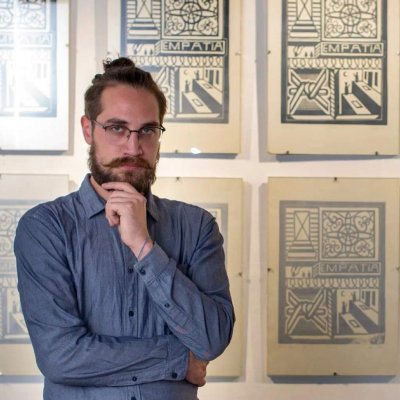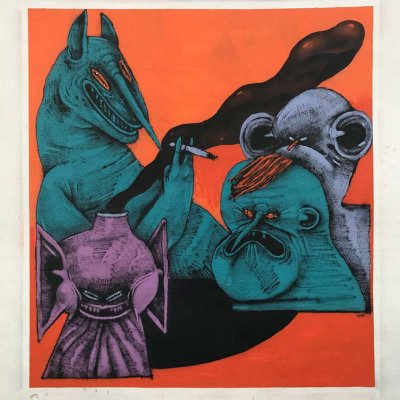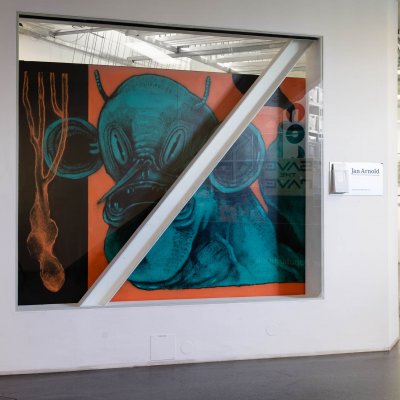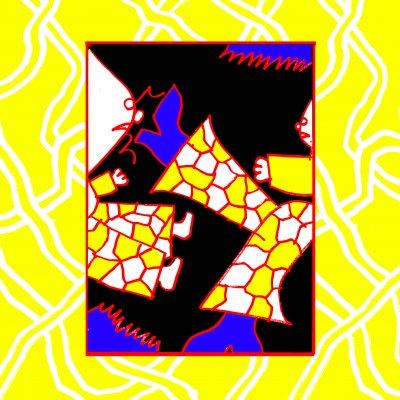Liebe Besucherinnen und Besucher,
nach mehr als 10 Jahren intensiver Ausstellungsarbeit trennen wir uns Anfang Mai schweren Herzens von unserem Schauraum im Wiener MuseumsQuartier. Es war eine wunderbare Zeit, in der wir zahlreiche talentierte Künstlerinnen und Künstler beinahe monatlich präsentieren und uns über die vielen positiven Rückmeldungen und Begegnungen bei den Ausstellungseröffnungen mit Ihnen freuen durften.
An dieser Stelle möchten wir uns herzlich bei allen bedanken, die uns auf diesem Weg begleitet und unterstützt haben. Ohne Sie alle wäre es nicht möglich gewesen, unser besonderes Programm und die zahlreichen Projekte durchzuführen.
Auch wenn wir uns nun von einem Ort loslösen, wird unsere Arbeit als Verein Jan Arnold Projekt weitergeführt, die Kunst in all ihren Facetten weiterleben und uns auch in Zukunft begleiten.
Wir wünschen Ihnen allen alles Gute und hoffen, dass Sie diesen speziellen Ort und die Zeit, in welcher dieser das Zentrum unser Ausstellungstätigkeit war, in guter Erinnerung behalten werden.
Die Streetartpassage MQ und die damit verbundenen Einladungen internationaler Künstler*innen im Zuge des Q21 Artist in Residence Programms, die Wechselausstellungen an dem Liftturm, das Konzept Living Studio im frei_raum Q21 exhibition space sowie unsere Ausstellungstätigkeit in den Q21 Schauräumen sind hiermit vorerst zu einem Ende gekommen. Ebenso musste das Hängesystem PERFEKT BOX, 2012 zusammen mit dem Büro KLK entworfen und für den Staatspreis für Design nominiert, abgebaut werden nachdem es nicht übernommen wurde.
Wir schließen hiermit diese Türen, aber öffnen andere.
Euer Jan Arnold Team





